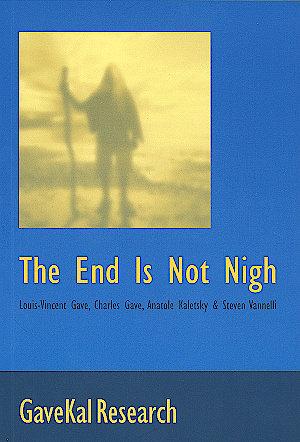Today's global financial system is characterized by a curious mixture of freedom and manipulations. Between the two main currencies of the world, the US$ and the Euro, we have a free float. But between the dollar and a lot of other currencies, especially in Asia, we have a dirty float, or fixed exchange rates, the goal being to maintain the exchange rate at an abnormally low parity to the dollar.
To make matter worse, a lot of those countries (especially China and India) have decided to make their currency inconvertible. This would not matter if these currencies were small and irrelevant, but they are increasingly less so by the day. This state of affairs leads to profound price, and volume, distortions, some well understood (i.e.: the RMB is undervalued and can only go up) and some not as well understood. It also triggers a number of important questions. Namely:
- What distortions does the intervention of non-market players in the Asian foreign exchange markets engender?
- Are the distortions abating? Or accelerating?
- How long can those distortions last?
- If/when the adjustment comes, what assets will be most at risk?
Of all these questions, the last one is probably the most important. As we never tire of writing, money management is often more about avoiding the assets that implode, and diversifying amongst the rest, than about picking outsized winners.
While it may be tempting to adopt a very defensive posture in the face of such blatant distortion, there are many reasons to believe that the current overall positive growth environment will continue over the coming years. In The End Is Not Nigh, we push some of the themes developed in Our Brave New World a little further and review the reasons that have led us, in recent years, to shy away from prophecies of doom and why we remain positive on global financial markets.
